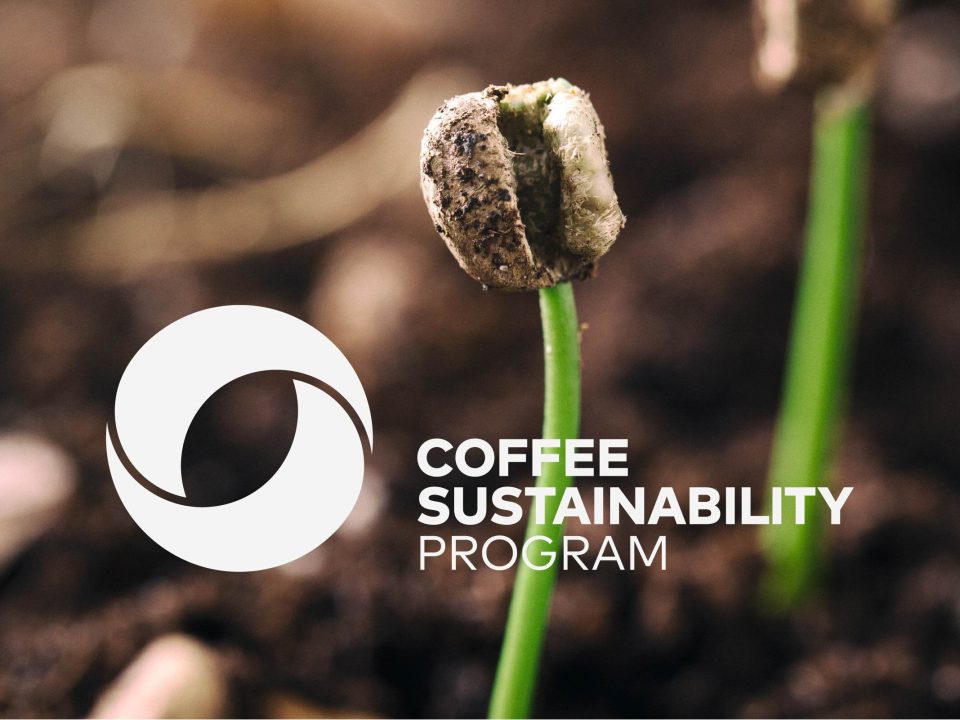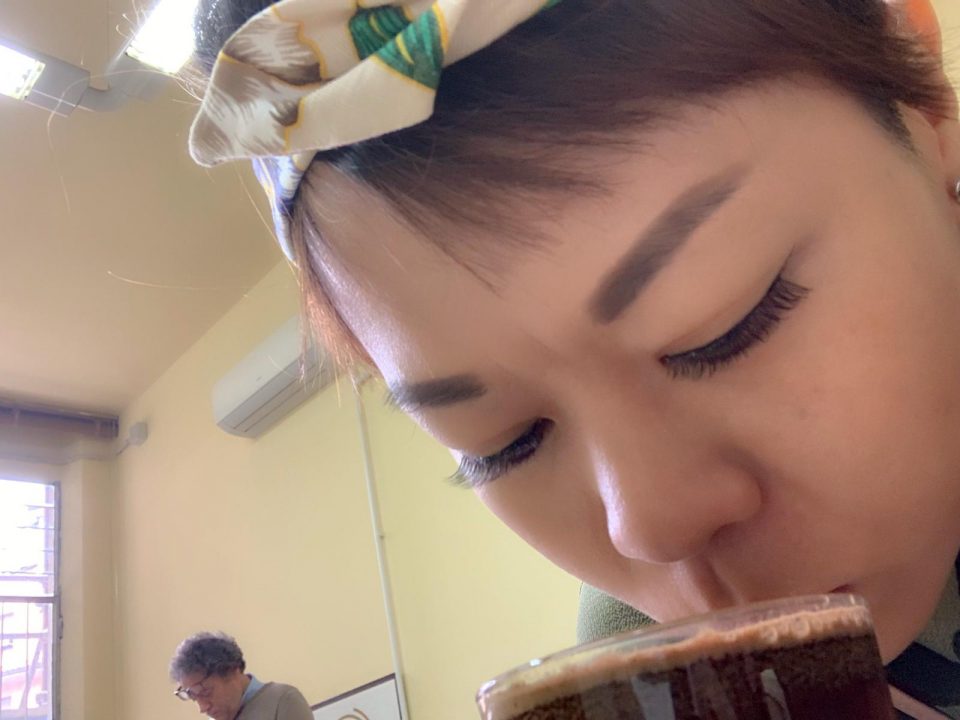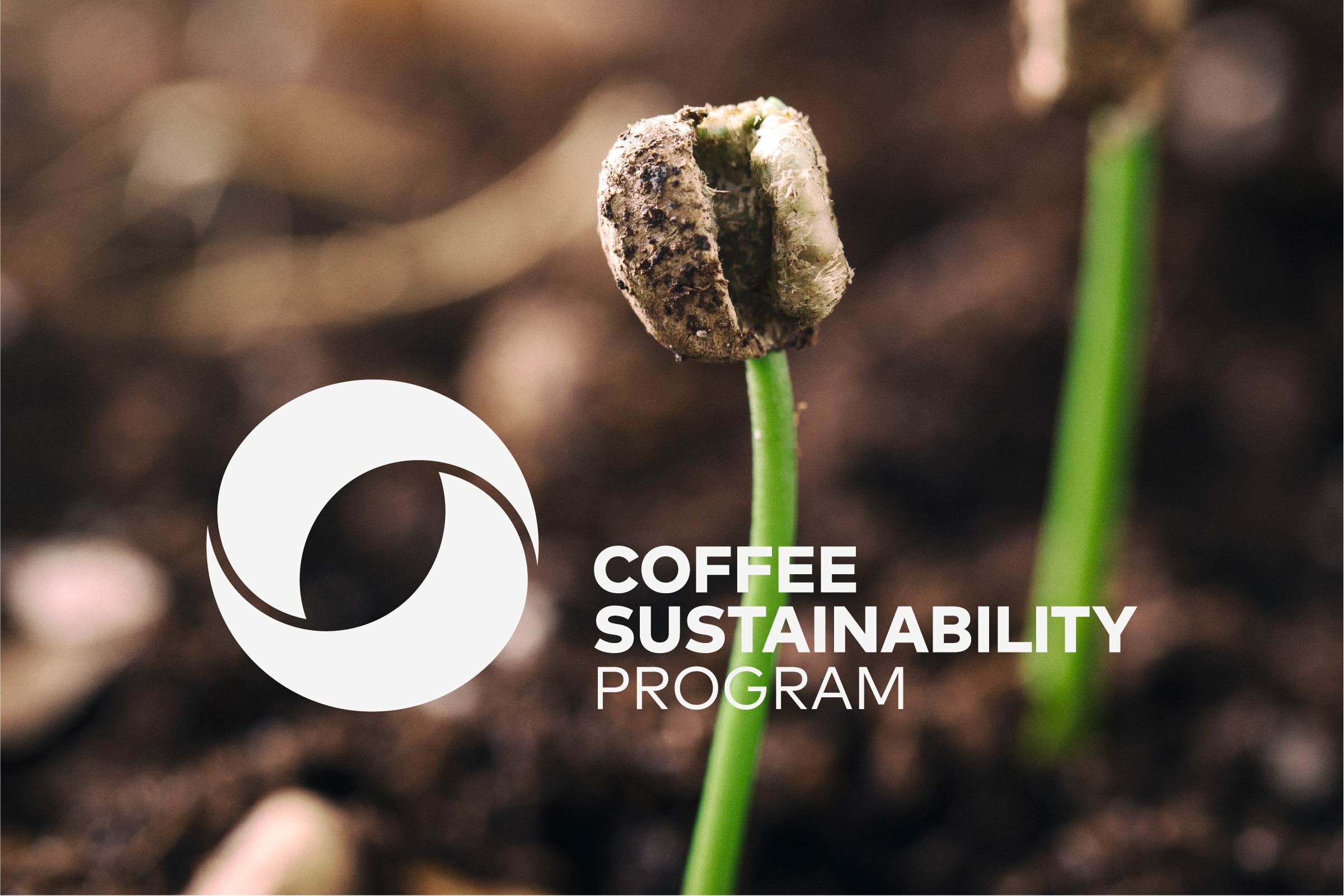
What is and how does the Coffee Sustainability Program of the Specialty Coffee Association, the training module dedicated to sustainability in the world of coffee.
27 September 2022An introduction to the new Coffee Value Assessment SCA
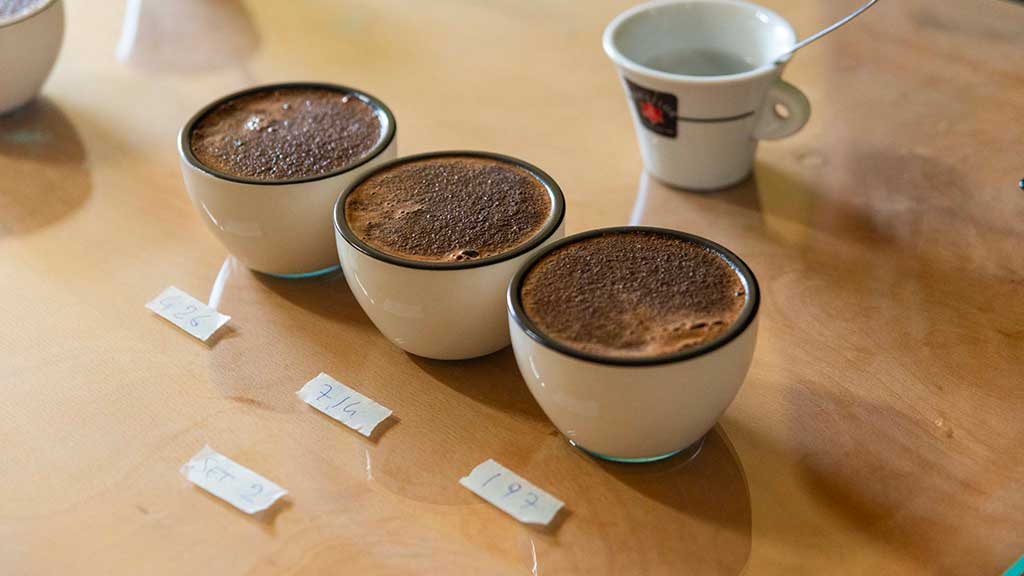
New Coffee Value Assessment by the SCA: A Revolutionary Change in Coffee Evaluation
The Specialty Coffee Association (SCA) has recently introduced the Coffee Value Assessment (CVA), an innovative protocol designed to replace the traditional cupping system in professional coffee evaluation. This significant innovation has already been integrated into the programs of all Espresso Academy tasting courses.
Since 2004, the SCA’s tasting protocol has been considered a recognized standard for the quantitative and qualitative evaluation of coffee. This system assigns a score out of 100 to coffees, directly influencing their price in the specialty coffee market (which must score at least 80 points to be called such)—however, the traditional protocol needed to include a more comprehensive evaluation of a coffee batch.
After three years of thorough research and work, the SCA has developed and launched the Coffee Value Assessment, a protocol aimed at filling these gaps. The CVA offers a more comprehensive and detailed approach to coffee evaluation, improving the accuracy and reliability of the results. All the details and innovations of the Coffee Value Assessment have been shared in an article you can download [here]. At Espresso Academy, we are proud to have updated our Professional Coffee Tasting course programs to include this new and revolutionary protocol, ensuring our students receive the most up-to-date and comprehensive training available in the coffee industry.
Why Change the Evaluation Criteria?
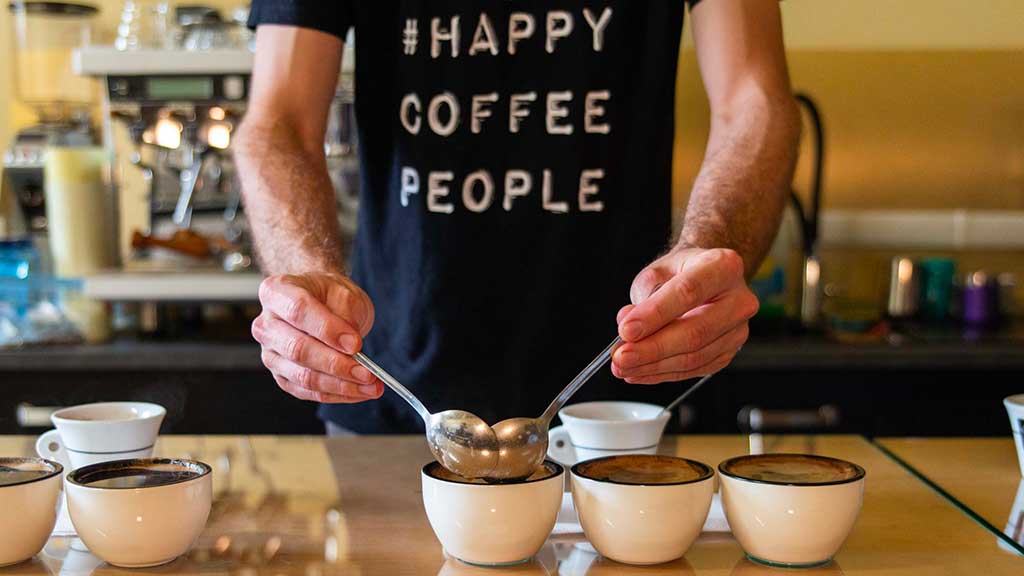
Over the years, the traditional coffee scoring system, which combines subjective and objective assessments, has often been questioned for its ability to provide an accurate and meaningful description of coffee. This system, while being a recognized standard, does not always fully reflect the complexity and unique characteristics of each coffee batch. With the new Coffee Value Assessment (CVA), the Specialty Coffee Association (SCA) has acknowledged that different coffee characteristics, such as traceability, sustainability certifications, and flavor complexity, are valued differently in various markets. The CVA provides a “high-resolution picture” of the coffee’s value by independently evaluating four key aspects through four separate evaluation sheets, compiled independently to avoid bias. This approach ensures a more precise and detailed evaluation, better reflecting the nuances and overall value of the coffee.
The 4 Evaluation Sheets that Make Up the New Coffee Value Assessment
1) Physical Evaluation
The physical evaluation of coffee focuses on the intrinsic attributes of the beans. These include:
- Green coffee color
- Primary and secondary defects
- Moisture content
- Bean size
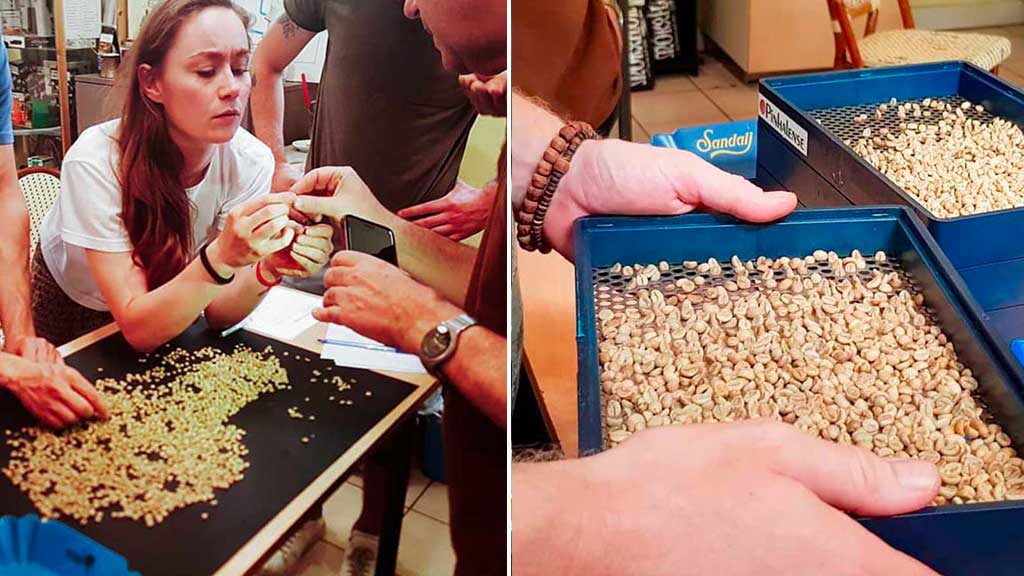
These analyses are conducted on 350-gram samples of green coffee. The Specialty Coffee Association recommends keeping these activities and their results separate from sensory evaluations to avoid influences and bias.
2) Affective Evaluation
The affective evaluation notes subjective information about the quality of specific coffee attributes. Tasters use a nine-level hedonic scale to express their personal preference for each category, based on the same categories as the descriptive sensory evaluation. An overall score out of 100 is then assigned. This sheet is also used to identify cups with “sensory defects,” now reduced to three categories: moldy, phenolic, and potato.
3) Descriptive Evaluation
The descriptive evaluation focuses on the objective sensory attributes of the coffee, including:
- Fragrance and aroma
- Flavor
- Aftertaste
- Acidity
- Sweetness
- Body
The main categories for describing aromas and flavors are:
- Floral
- Fruity (berries, citrus, dried fruit)
- Sour/fermented
- Other (chemical, earthy, woody)
- Roasted (cereal, burnt, tobacco)
- Spices
- Sweet (vanilla, brown sugar)
These categories serve as important references, aiding the taster in completing the sheet while leaving room for additional descriptive notes. The evaluation of mouthfeel and cup body is also supplemented with predefined categories such as:
- Rough (granular, chalky, sandy)
- Oily
- Smooth (velvety, silky, syrupy)
- Astringent
- Metallic
The SCA recommends that all sensory evaluation activities be conducted in blind tests, without any information about the coffee, to ensure the objectivity of the judgment.
4) Extrinsic Evaluation
The extrinsic evaluation records informative attributes that contribute to the value of a specialty coffee, such as:
- Coffee identity
- Origin
- Producer information
- Processing method
- Sustainability certifications
These attributes form the “story” of the coffee. It is essential that evaluators conducting physical, descriptive, or affective evaluations do not complete this information until the initial evaluations are completed, to avoid influences in tasting and evaluation.
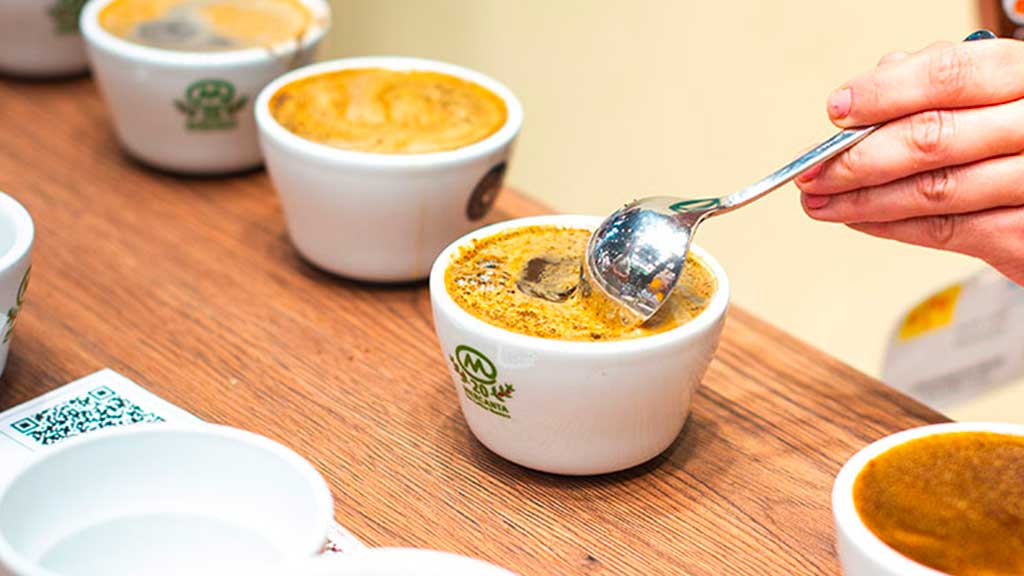
What Doesn’t Change with the New Coffee Value Assessment?
Despite the introduction of the Coffee Value Assessment (CVA) bringing many innovations and improvements, some fundamental practices of tasting sessions remain unchanged. Here is what hasn’t changed:
- Coffee Preparation: The procedure for preparing coffee for tasting remains essentially the same. A standardized method is still used to ensure consistency in tasting conditions. This includes using precise coffee-to-water ratios, water temperature, and infusion times.
- Blind Test Tasting: The practice of conducting blind test tastings, where tasters have no information about the coffee, continues to be a key element. This approach ensures the objectivity of the evaluations, avoiding any type of bias or preconception that could influence the results.
- Evaluation of Sensory Attributes: Even with the CVA, the importance of evaluating sensory attributes remains central. Tasters continue to assess elements such as aroma, flavor, acidity, sweetness, and body of the coffee. The methodologies for evaluating these attributes have been maintained, ensuring continuity with the past.
- Use of Standardized Scales: The standardized scales for coffee evaluation remain in use. Although the CVA introduces new categories and greater granularity, the basic approach to scoring the different aspects of coffee has not changed. Hedonic scales and personal preference scores, as well as scores out of 100, continue to be used.
- Collaboration and Comparison among Tasters: The comparison of scores and notes among tasters remains an important part of tasting sessions. After completing individual evaluations, tasters share their impressions and discuss differences in scores. This collaborative process helps achieve a deeper understanding of the coffee’s characteristics.
Conclusion
The new Coffee Value Assessment (CVA) by the Specialty Coffee Association (SCA) represents a significant change in coffee evaluation, promising a more detailed and inclusive analysis of its characteristics. This innovative protocol aims to fill the gaps of the traditional cupping system, offering a more comprehensive view of the coffee’s value through an independent assessment of key aspects such as traceability, sustainability, sensory quality, and consistency.
While the practical results of this approach are yet to be seen, the CVA represents a push towards a more open and transparent dialogue about coffee quality. The new terminology used and the more refined scoring system have the potential to revolutionize how producers, roasters, retailers, and consumers perceive and evaluate specialty coffee.
At Espresso Academy, we are excited to embrace this evolution and integrate the CVA into our training programs. The future of the specialty coffee industry is promising, and the SCA’s Coffee Value Assessment is set to play a crucial role in driving this progress, valuing every aspect of coffee and promoting a greater understanding and appreciation of this extraordinary beverage.


